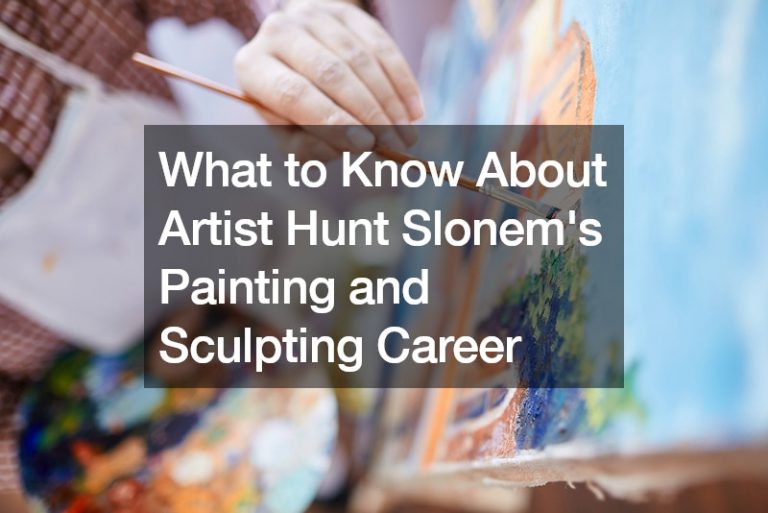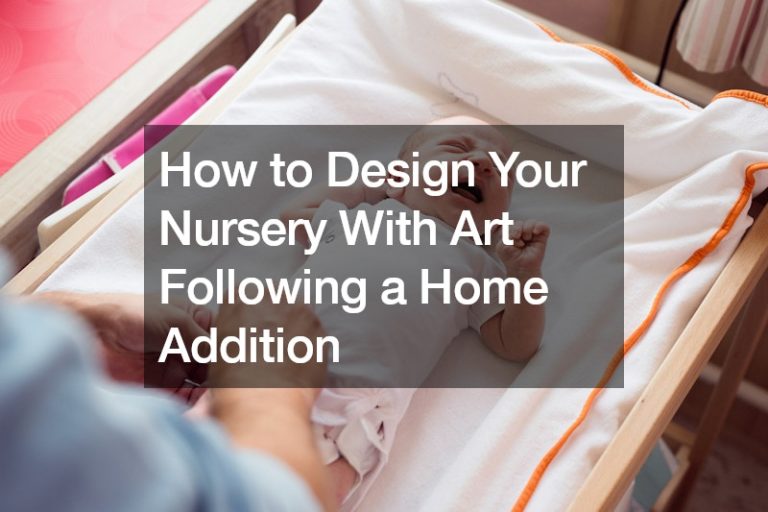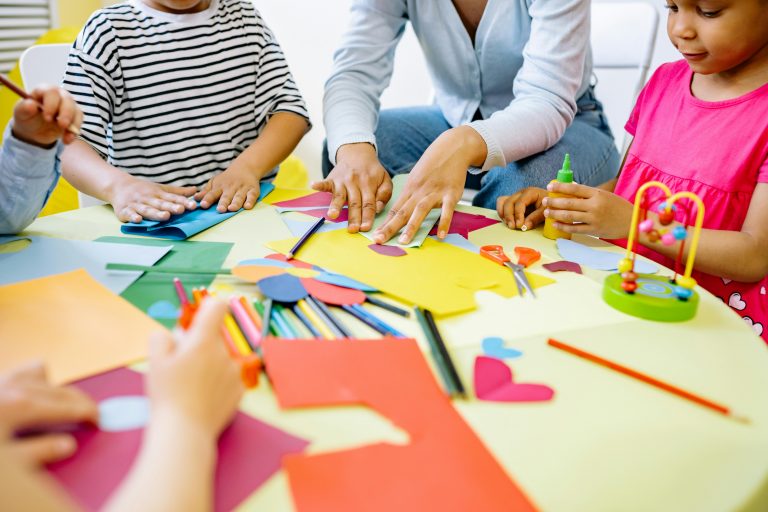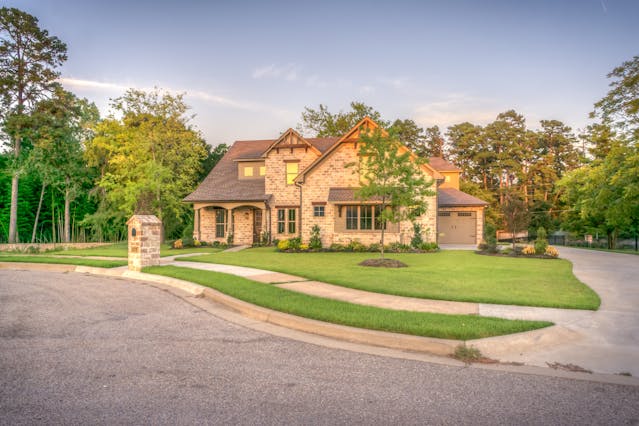While some artists are eager to experiment with new forms, others are steadfastly committed to traditional media. However, sometimes technological disruptions bring about a shift that forces a reckoning throughout the art world.
Such shifts happened with the rise of photography in the 19th century and film and television in the 20th century. Controversial at the time of inception, they are now widely embraced as vehicles for artistic expression.
The internet was met with similar resistance a few decades ago, and our online cultural experience continues to evolve. Social media has become ubiquitous. And even as many artists flock to these platforms, we need to beware of their potentially negative effects on art appreciation itself.
A game-changing experience
Human beings tend to resist change. Neuroscience shows that we gravitate towards the familiar and raise red flags when confronted with uncertainty.
It’s essential to recognize that this element of resistance will always exist whenever change or disruption happens, especially in a field as venerable and steeped in tradition as art.
That makes the rapid, widespread adoption of social media by artists, enthusiasts, and other industry professionals all the more remarkable.
Artists have already been using the internet to host websites and upload their works for years. In theory, that gives you unprecedented access to an audience of millions, even billions. In practice, though, users had to know you existed. They had to discover you, bookmark your site, and remember to visit.
Social media removes those barriers. Algorithms can recommend your art to people who’ve never heard of you or searched for you. The platforms allow you to directly engage with people you’d never otherwise communicate with. The experience can facilitate the sale of pieces, with or without the traditional middleman. An artist’s reputation can be forged entirely on social media.
Thus, social media offers potentially disruptive value for the various stakeholders in the art world. It’s a game-changer like no other before it.
Trending towards sameness
However, the speed with which we’ve collectively assimilated social media into our lives makes it difficult to get a proper perspective on how it’s affecting our experience.
For artists, social media can raise questions and objections as frequently as it offers opportunities and solutions.
If most people experience art through social media, they do so on devices that can’t effectively relay any physical qualities. Paintings have texture; sculptures exist in three dimensions. No display can simulate the dynamic range of hues and values that our eyes process when appraising real-world sights.

Implicit in these platforms is the cult of personality, and artists must manage their social media presence on top of all their other skills.
There’s also evidence that the internet is changing our brains and actually reduce our attention spans. Artists must fight for audiences’ attention with ‘Instagenic’ works. Otherwise, the user swipes to the next post in their feed.
Most worrisome, however, is the inherent tendency of these platforms to create ‘echo chambers.’ As the poet Robert Brazell describes it, we’re entering self-created spaces where we can share every thought with countless others. It encourages us to like and endorse similar thinking, ultimately generating sameness instead of innovation and new thought.
Restoring the discourse
There’s ample evidence that online communication has displaced in-person interactions among younger demographics, even before the pandemic. The rise of social media, in particular, seems to threaten a deterioration in our communication skills and ability to form meaningful connections.
It’s this breakdown in communication that may prove to be the art world’s biggest challenge. After all, what is art without appreciation? How can we appreciate art with the ability to engage in nuanced discussion with people who might hold different viewpoints than our own?
Without such discourse, the online art world will be dominated by groupthink, its participants unwilling to stir controversy through artistic expression or voice different opinions or interpretations on a piece.
Social media, the algorithms that drive it, and the devices on which we experience it: these aren’t going away. In fact, young artists and their audiences are already considered native to these platforms.
Let’s be reminded that art appreciation is a skill in which the average person is uninitiated. Like reading literature, it takes effort to engage with art and come up with your own interpretation. Experiencing art through social media adds another layer of difficulty to this activity.
For some people, the solution might be some form of detox, weaning themselves off devices, and rediscovering analog experiences, traditional media, and art galleries.
Others may learn how to use social media healthily, deliberately fighting the tendency towards confirmation bias.
Artists should risk having zero likes or followers and be empowered to express themselves through their works without fear of censure. And we all need to resist the decay in communication by increasing our tolerance for engaging respectfully with people of dissimilar opinions.




